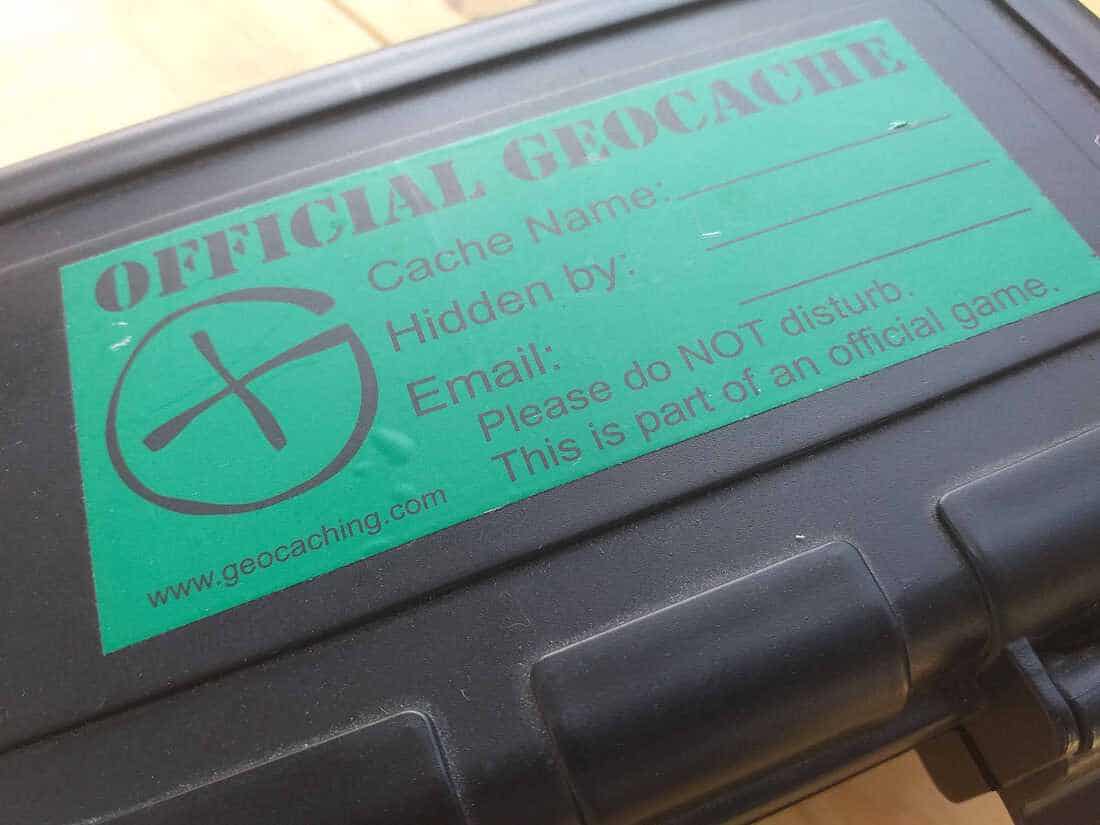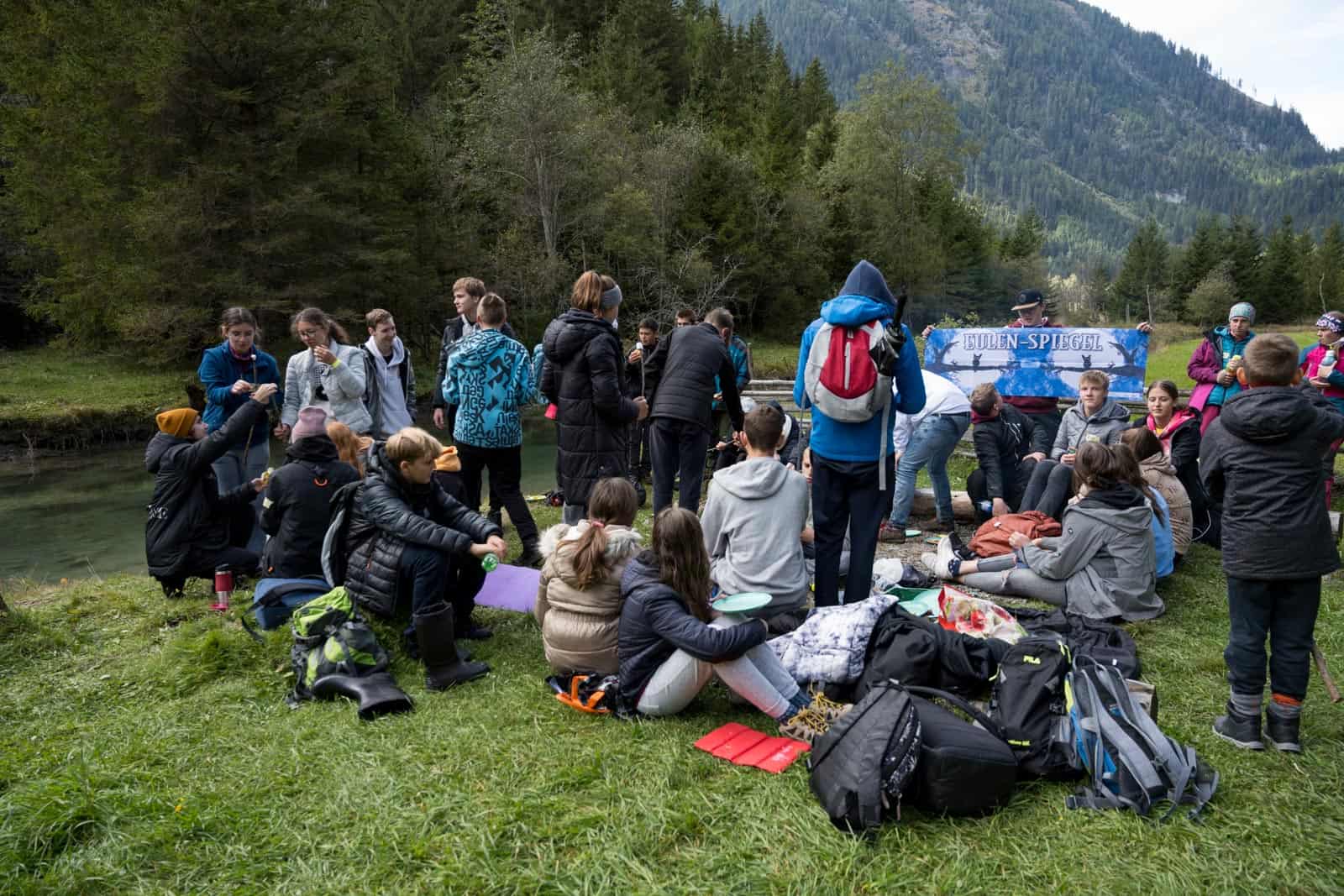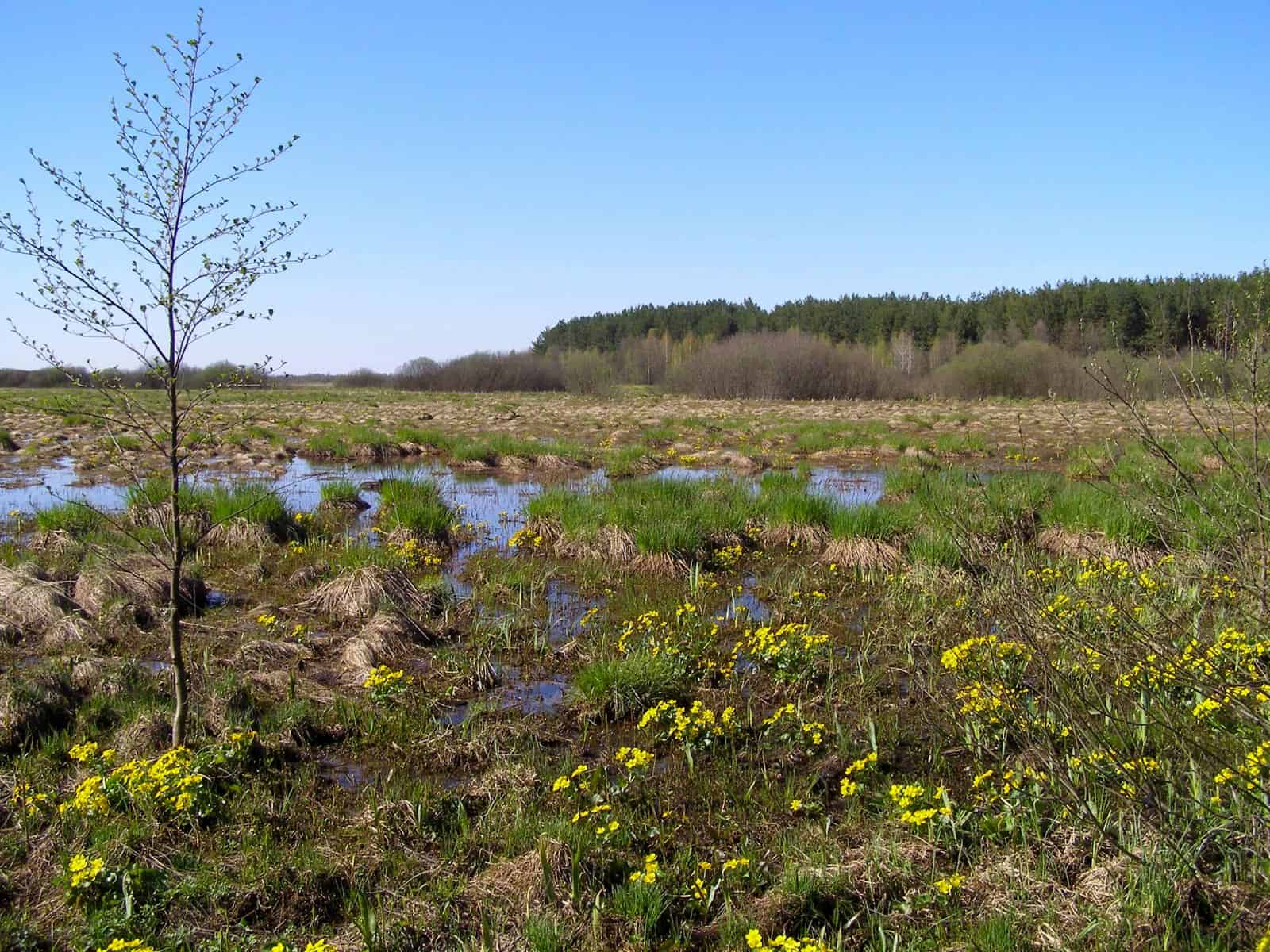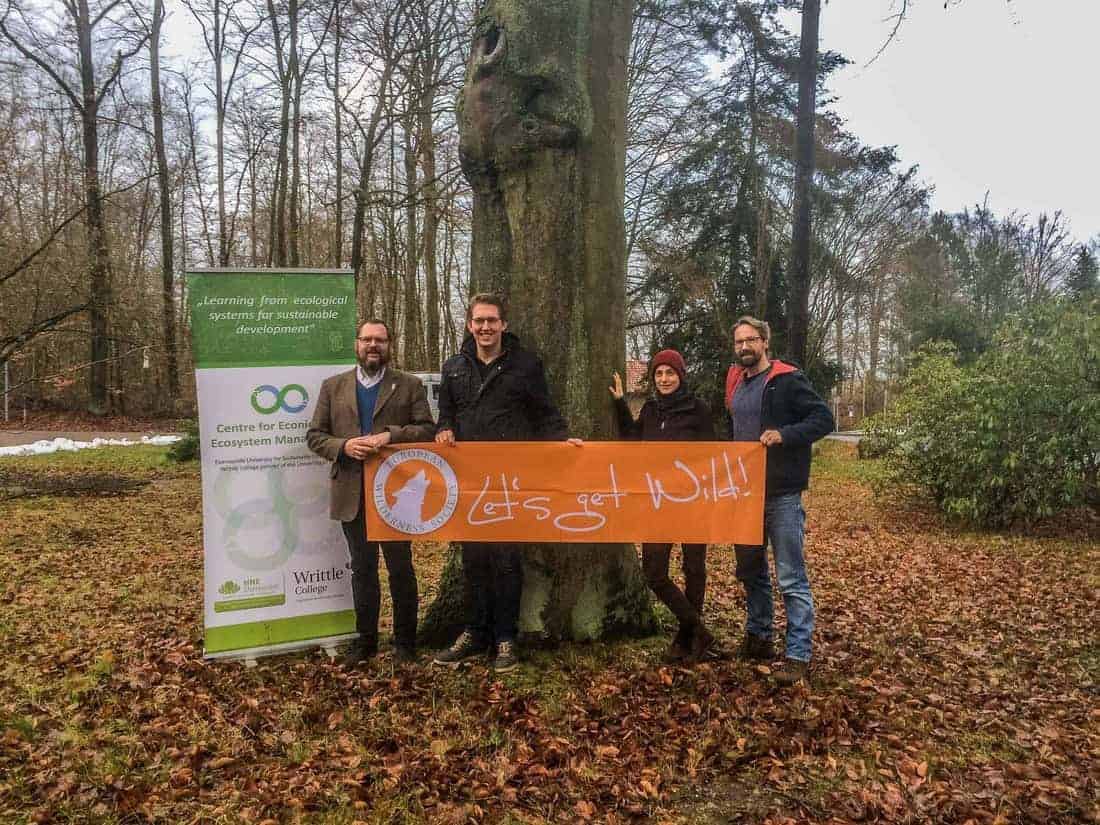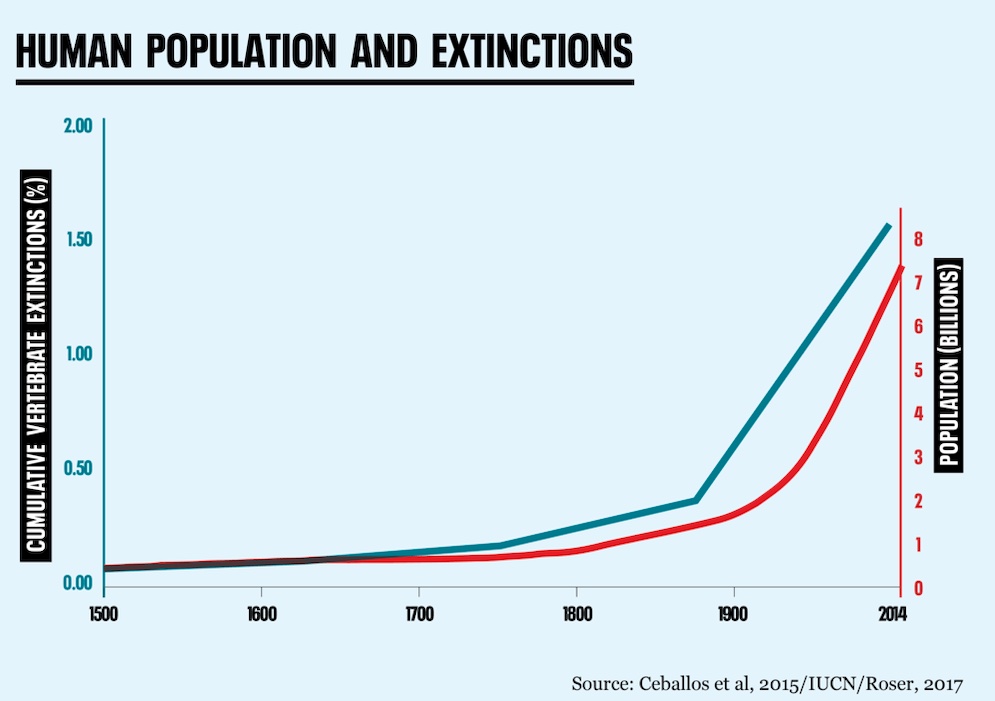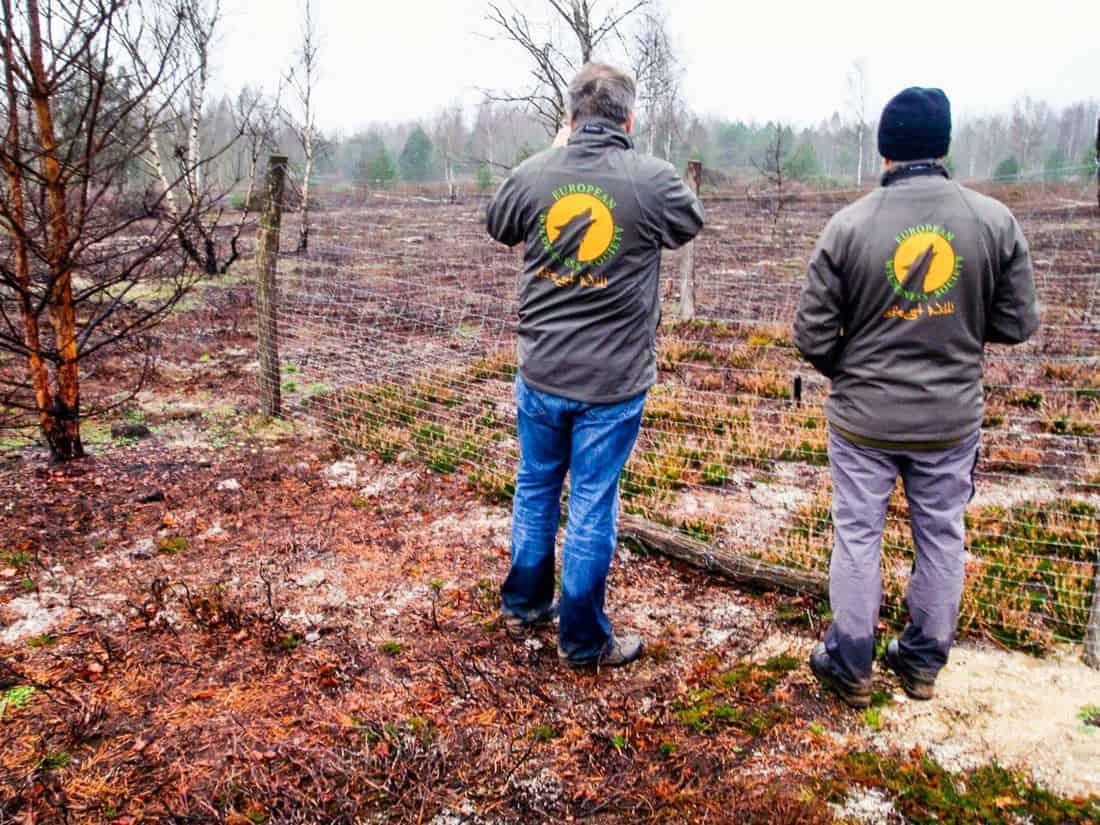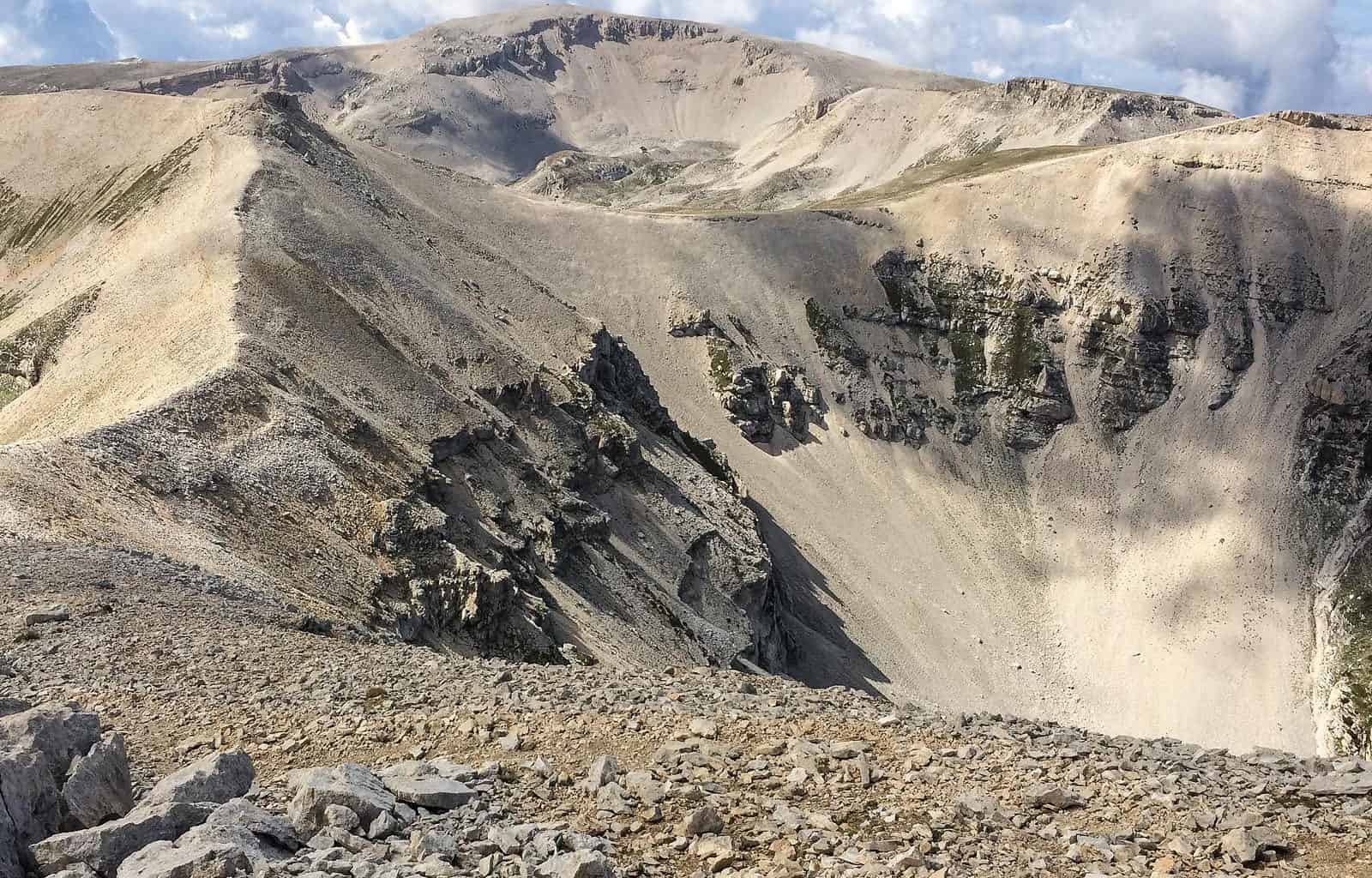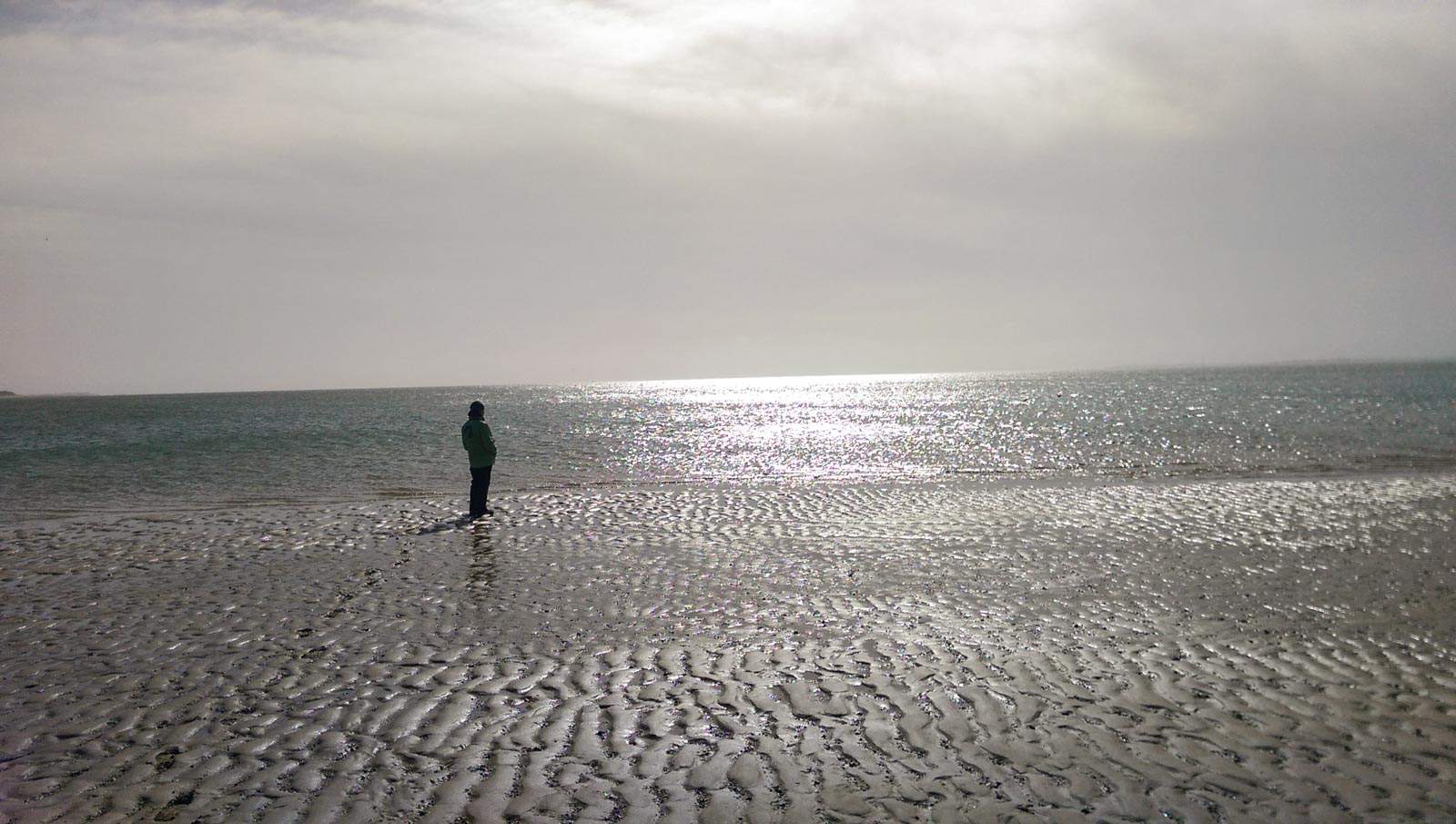Rules for geocaching in protected areas
Geocaching started in 2000 as an outdoor leisure activity, similar to a scavenger hunt. The game basically involves participants in hiding and finding containers, called geocaches or caches based on locations marked by GPS coordinates all over the world. Since these geocaches are often hidden off-trail in natural surroundings, protected areas are more and more affected.
A scavenger hunt that became a movement
Geocaching provides an alternative form of tourism. Geocachers coming from various places around the world visit different locations for the main reason to find hidden treasures (geocaches), while also learning interesting new information about the region. In cache listings, cachers often find information about the location including flora and fauna, geology, architecture, and many more. After finding the geocache, the player does not take it but logs his visit into a paper logbook in the cache itself as well as into an online logdatabase. Various cache types, and degrees of difficulty in finding together with other attributes give the geocacher the opportunity to visit locations according to their personal interest.

Establishing geocaching in protected areas
Protected areas are becoming increasingly popular for placing geocaches. This however causes an environmental impact and disturbance to the area. The caches must be placed responsibly with regard to the environment, without causing harm to nature and other users of the area. In Austria, geocaching is present in all six national parks. Some parks have a higher risk of being negatively affected by geocaching than others. An increasing number of caches is likely to lead to greater environmental impact and disturbance.
The Nature Conservation Agency of the Czech Republic has set specific rules and recommendations for geocaching enthusiasts entering protected areas. These regulations are based on general visitor rules (found on the individual websites of the national parks). Basic rules to follow are:
- Respect trail markings
- Caches may not be placed in such a manner that searching for the cache is particularly dangerous
- Geocaches should not be buried in the ground and their placement must not damage the surrounding environment
- Landowners or managers can report unwanted caches in order to have them temporarily disabled or permanently archived
- The cache contents must be appropriate for outdoor life. Food and scented items which might attract animals are forbidden
- Respect structures under enhanced protection (e.g. monument trees) and their protective zones – when placing caches, think about the impact of the hundreds of others who will come to look for it
- Whenever a cache is placed in a protected area, the management must be notified
- In general, prior to placing a geocache, always check the legal regulations of a particular protected area
Through establishing and respecting general guidelines, geocaching provides a good opportunity to promote the natural values of national parks.

